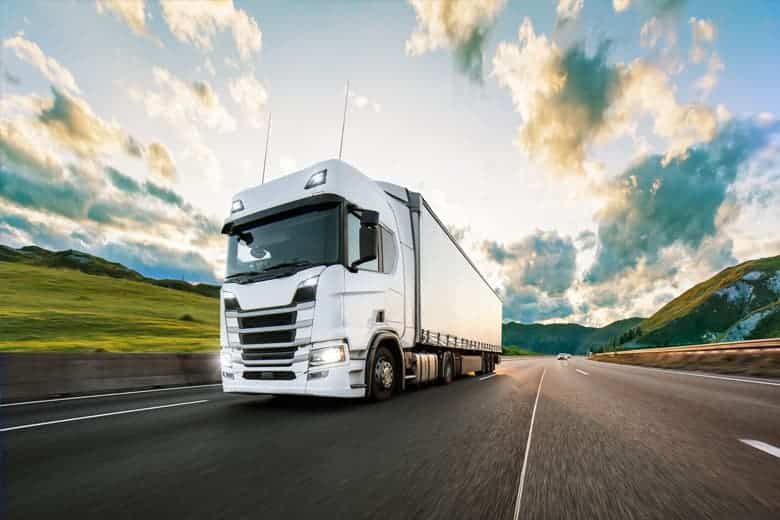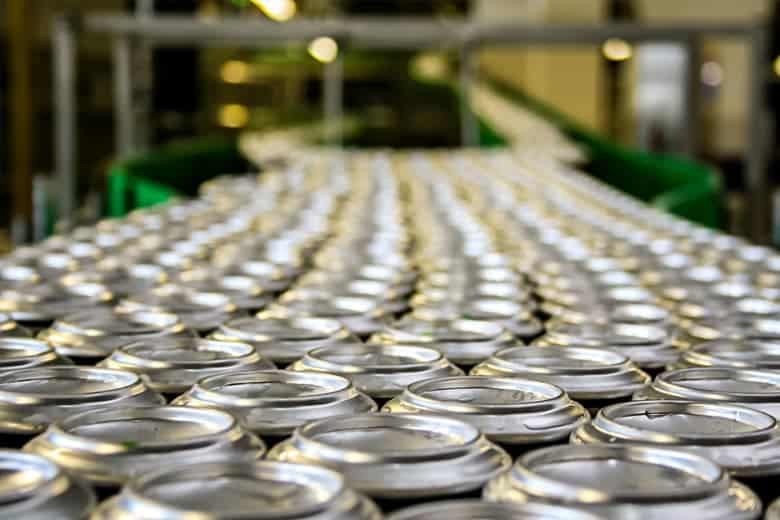
How steel is used for transportation?
Including automobiles, about 16% of the steel produced globally is used to meet the transportation needs of society. Steel is also essential for the associated infrastructure: roads, bridges, ports, stations, airports, gas stations, etc. Some major applications include:
For ships and containers
For trains and railcars
For aircraft
The engines and landing gear used in aircraft are made of steel.
For infrastructure
Steel is used in bridges, tunnels, railways, and in the construction of buildings such as gas stations, railway stations, ports, and airports. About 60% of the steel used in infrastructure is rebar.

The benefits of using steel in the transportation industry
- Contains recycled steel and is endlessly recyclable
- Is strong
- Safe
- Durable
- Cost-efficient
- Remanufacture-friendly
- Reusable rail tracks
- Stainless Steel Sheet
- Stainless Steel Plate
- Stainless Steel Tube
- Stainless Steel Pipe
- Stainless Steel Bar
- Stainless Steel Rod
- Stainless Steel Coil
- Stainless Steel Strip
- Stainless Steel Angle
- Stainless Steel Flat Bar
- Stainless Steel Channel
- Stainless Steel Wire
- Stainless Steel Wire Mesh
- Stainless Steel Rectangular Tube
- Stainless Steel Cable
- Stainless Steel Threaded Rod
Get The Solution
We offer our customers the opportunity to increase profitability by meeting their just-in-time production schedules and offering customized services to meet end-user-specific requirements. Posco Group has always been committed to improving customer service and product quality and providing high-value solutions for customers’ businesses. Satisfying the needs of customers is our daily work goal!

